Elva Hill
Elva Hill is known as a fairy hill and the name may be derived from an old Viking name meaning place of the elves. A stone circle on its slope suggests ancient ritual use of the area, only 15 stones of the original 30 remain. The circle is on private land belonging to Elva Farm, but there is a nearby footpath. The site is thought to date from Neolithic times.

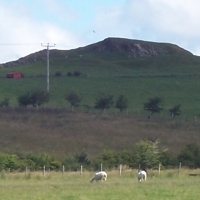
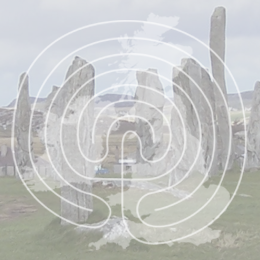


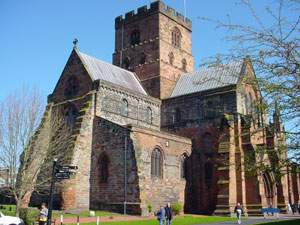

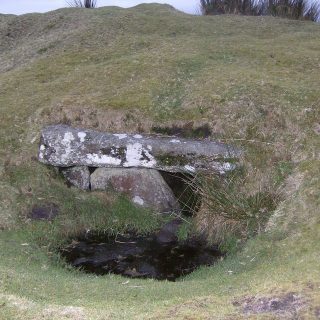
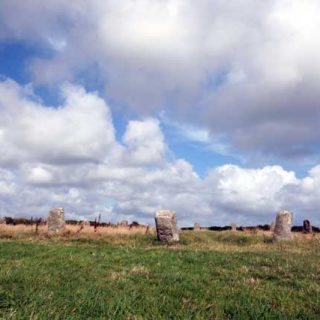
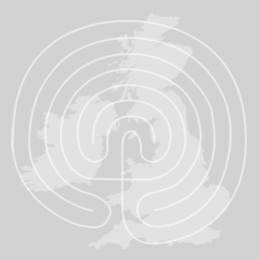
Recent Comments